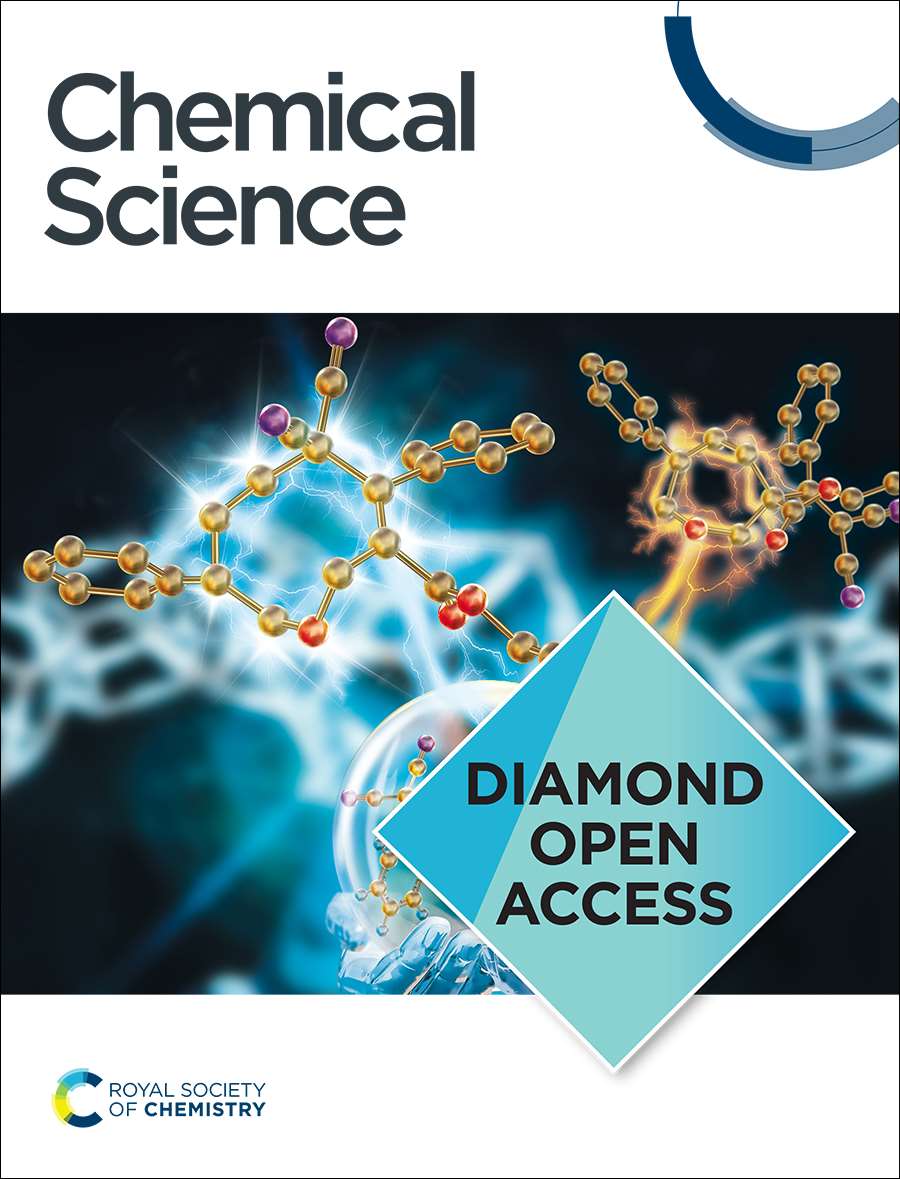Understanding the factors governing the ammonia oxidation reaction by mononuclear ruthenium complex
IF 7.6
1区 化学
Q1 CHEMISTRY, MULTIDISCIPLINARY
引用次数: 0
Abstract
Precise regulation of the active site of molecular catalysts is appealing because it could catch a glimpse of the catalytic mechanism and possibly provide a new strategy for catalyst design. A ruthenium complex [Ru(dppMe, COMe)(bipy)(Cl)] (CSU-3) containing -Me and -COMe substituted dipyridylpyrrole as pincer ligand was designed and synthesized. Complex CSU-3 featured the Cl- ligand at axial position as active site for ammonia oxidation (AO), which is structurally analogous with AO catalyst [Ru(trpy)(dmabpy)(NH3)][PF6]2 (1) bearing terpyridine ligand, but is different from AO catalyst [Ru(dpp)(bipy)(NH3)] (CSU-2) containing unsubstituted dipyridylpyrrole as hemilabile ligand with active site at equatorial position. To insight into the role of active-site and ligand regulation in AO reaction, structure, electrochemical properties of CSU-3 and its catalytic performance and mechanism for AO reaction are comparably studied. Complex CSU-3 has good selective catalytic perforamnce for oxidation of ammonia to hydrazine with turnover frequency (TOF) of 258.8 h-1 and N2H4 formation selectivity of 84.7% at Eapp of 1.0 V . The DFT calculation reveal N2H4 as a dominant product is generated via an ammonia nucleophilic attack of Ruthenium(IV)-imide to form N2H4 followed by N2H4-by-NH3 substitution求助全文
约1分钟内获得全文
求助全文
来源期刊

Chemical Science
CHEMISTRY, MULTIDISCIPLINARY-
CiteScore
14.40
自引率
4.80%
发文量
1352
审稿时长
2.1 months
期刊介绍:
Chemical Science is a journal that encompasses various disciplines within the chemical sciences. Its scope includes publishing ground-breaking research with significant implications for its respective field, as well as appealing to a wider audience in related areas. To be considered for publication, articles must showcase innovative and original advances in their field of study and be presented in a manner that is understandable to scientists from diverse backgrounds. However, the journal generally does not publish highly specialized research.
 求助内容:
求助内容: 应助结果提醒方式:
应助结果提醒方式:


